Spicy Cocktail Flavours: Science Behind Capsaicin’s Effect On Taste Buds

One of the most interesting ingredients which lends a twist to simple cocktail recipes is chilli pepper. A spicy chilli pepper or chilli powder added to cocktails either as a garnish or muddled into drinks introduces a flavoured layer that contrasts the sweet, tangy or sour notes in relatively straightforward recipes. For instance, a classic margarita – made using 30 ml Don Julio Blanco Tequila or any other premium tequila of choice, infused with jalapeños, suddenly acquires a spicy touch which gives this age-old cocktail a contemporary finish.
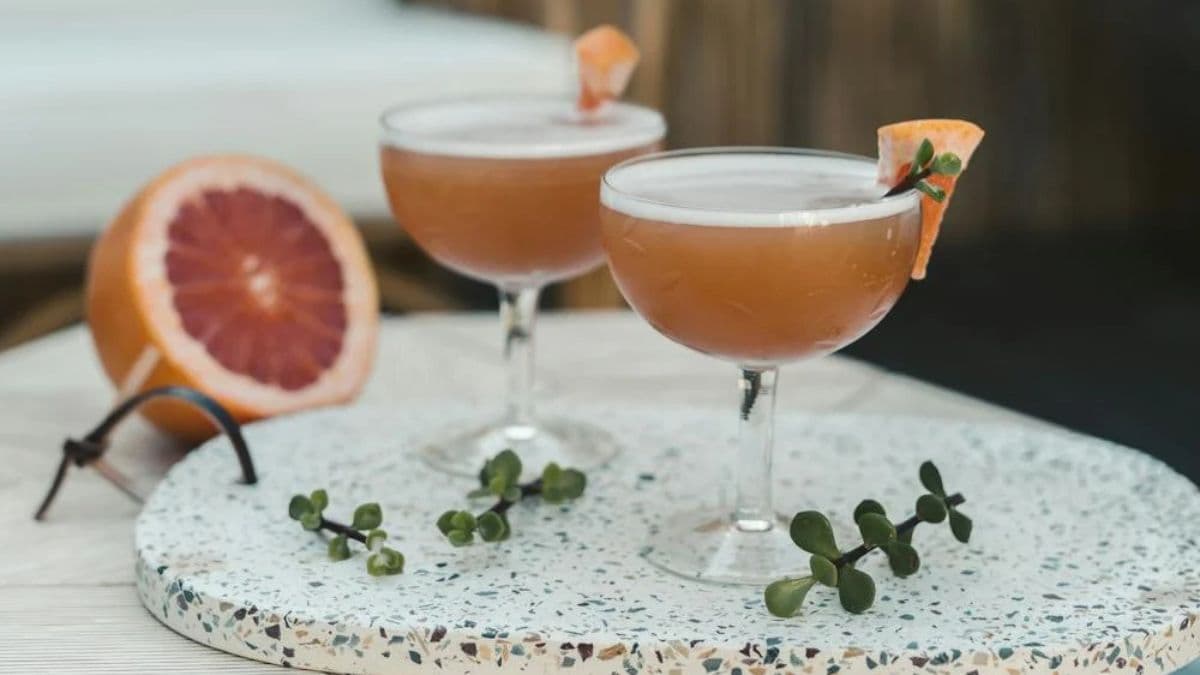 It is the capsaicin or the spicy pods found in chilli seeds that give these peppers their spicy taste. And when capsaicin is steadily infused into a blend, it interacts with all the different flavours in the cocktail too, for producing a complex and layered mix of ingredients.
It is the capsaicin or the spicy pods found in chilli seeds that give these peppers their spicy taste. And when capsaicin is steadily infused into a blend, it interacts with all the different flavours in the cocktail too, for producing a complex and layered mix of ingredients.
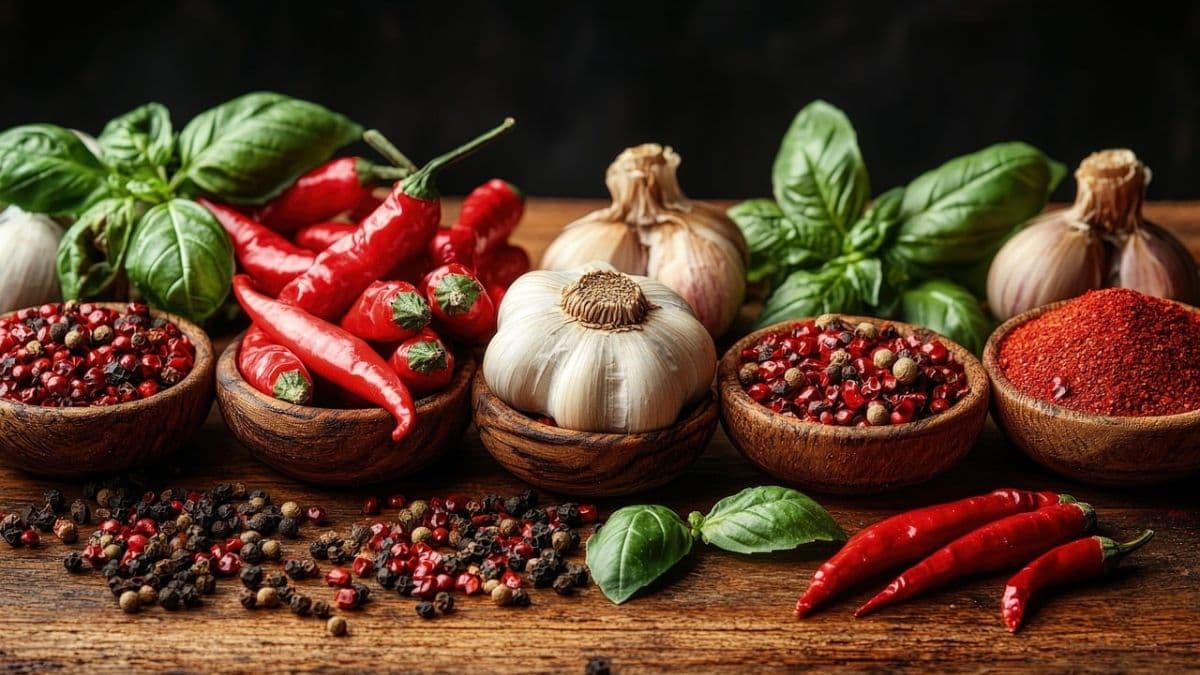 Read on below to know more about how capsaicin affects a cocktail’s flavours which in turn affect taste buds once the cocktail is served:
Read on below to know more about how capsaicin affects a cocktail’s flavours which in turn affect taste buds once the cocktail is served:
Adds Spiciness To Cocktails
This one is rather obvious. Capsaicin in chilli peppers finds its way into drinks when chillies are either chopped and stirred into cocktails, or chilli powder is drizzled on top of simple summer drinks like an aam panha and vodka smash made using 30 ml Ciroc Ultra Premium Vodka or any other premium vodka of choice.
When this capsaicin finds its way onto taste buds through the cocktail, it releases spicy notes that stay on the taste buds for a prolonged period. For those who prefer such spice in their drinks, chilli powder can be drizzled on top or the drink garnished with a jalapeño or habanero pepper slice to make this flavour more pronounced.
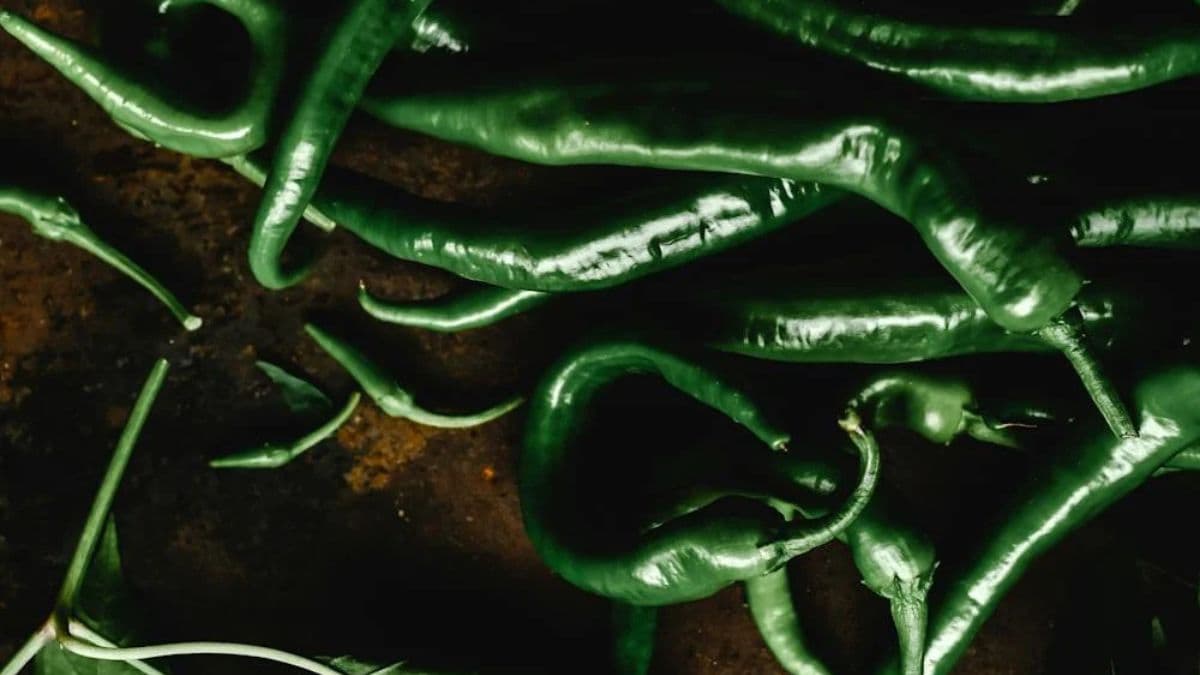 However, ensure that the peppers are being added in proportion to the drink prepared as a higher amount can cause a numbing effect on taste buds. But added in perfect quantities, chilli peppers can actually tie all the ingredients of a cocktail together.
However, ensure that the peppers are being added in proportion to the drink prepared as a higher amount can cause a numbing effect on taste buds. But added in perfect quantities, chilli peppers can actually tie all the ingredients of a cocktail together.
Balances Sweet And Citrus Flavours
A significant role that capsaicin plays in building cocktails is bringing about a flavour balance. The lightly spiced effect brought in by this element enables every other ingredient in a drink to release maximum tasting notes so it becomes adequately flavoured. As well, in cocktails containing lemon wedges or lime zest, capsaicin works towards highlighting their tart and citrusy notes to brighten the flavours of the drink.
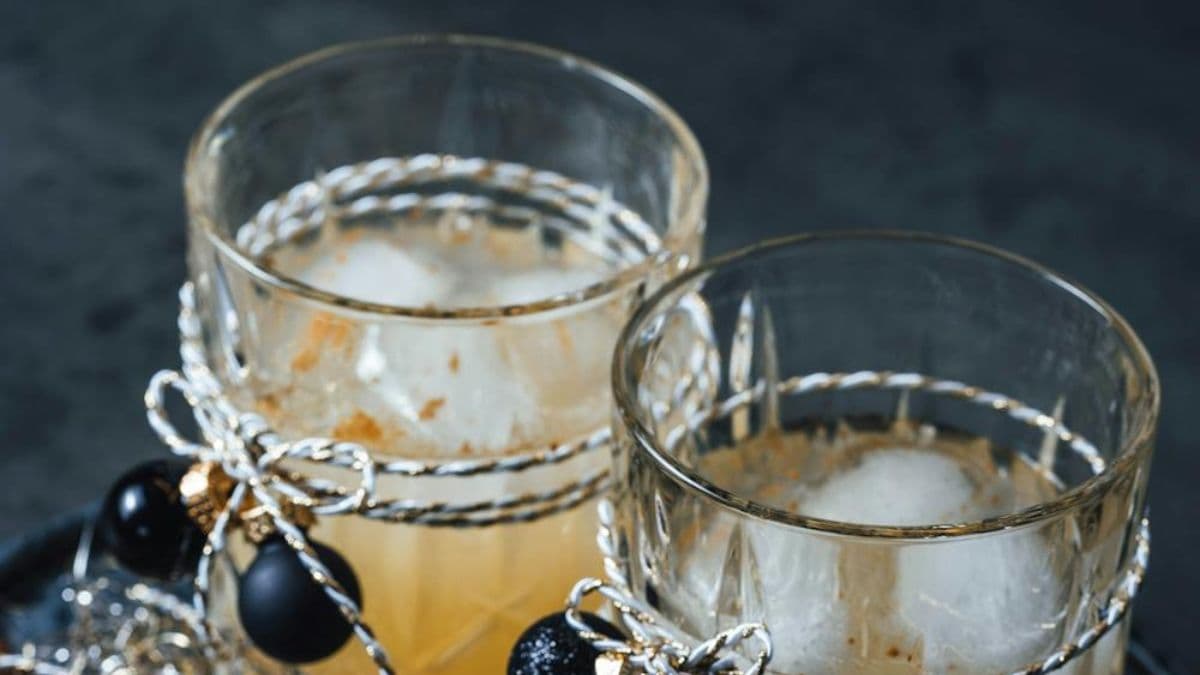 In a blend like the pineapple and chilli mezcal mule, the addition of chilli powder or habanero pepper contributes to lead the focus onto pineapple juice when the peppery spiciness is undercut by this tropical fruit’s sweet flavour. The presence of capsaicin also prevents a sweet-forward drink from becoming too overpowering or cloying and adjusts the sugary and tangy touch with its spicy note.
In a blend like the pineapple and chilli mezcal mule, the addition of chilli powder or habanero pepper contributes to lead the focus onto pineapple juice when the peppery spiciness is undercut by this tropical fruit’s sweet flavour. The presence of capsaicin also prevents a sweet-forward drink from becoming too overpowering or cloying and adjusts the sugary and tangy touch with its spicy note.
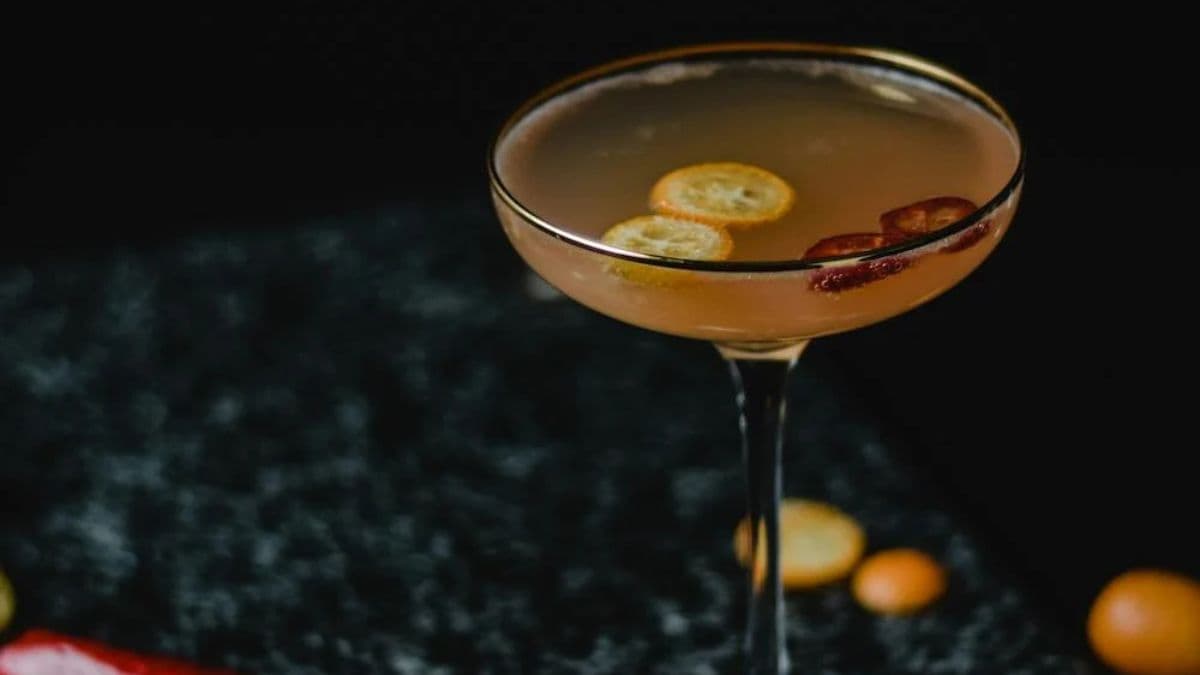 Moreover, in tart, sour and sweet cocktails, the presence of chillies ensures that different aromatics added to the mix are steadily released into the blend, so their flavours bring more depth into cocktails. This is particularly evident in the case of herbal ingredients or smoky flavours which become activated with the addition of chilli powder.
Moreover, in tart, sour and sweet cocktails, the presence of chillies ensures that different aromatics added to the mix are steadily released into the blend, so their flavours bring more depth into cocktails. This is particularly evident in the case of herbal ingredients or smoky flavours which become activated with the addition of chilli powder.
And if that’s not enough, in fizzy drinks like a watermelon chilli basil smash crafted out of 30 ml Tanqueray No. 10 Gin or any other premium gin of choice, capsaicin plays a critical role in spreading the carbonation and bubbles of the tonic water or sparkling water so they permeate through the glass. This causes the flavours of the cocktail to spread smoothly on the taste buds, highlighting the spicy and sweet flavours of the carefully crafted blend.
Drink Responsibly. This communication is for audiences above the age of 25.



